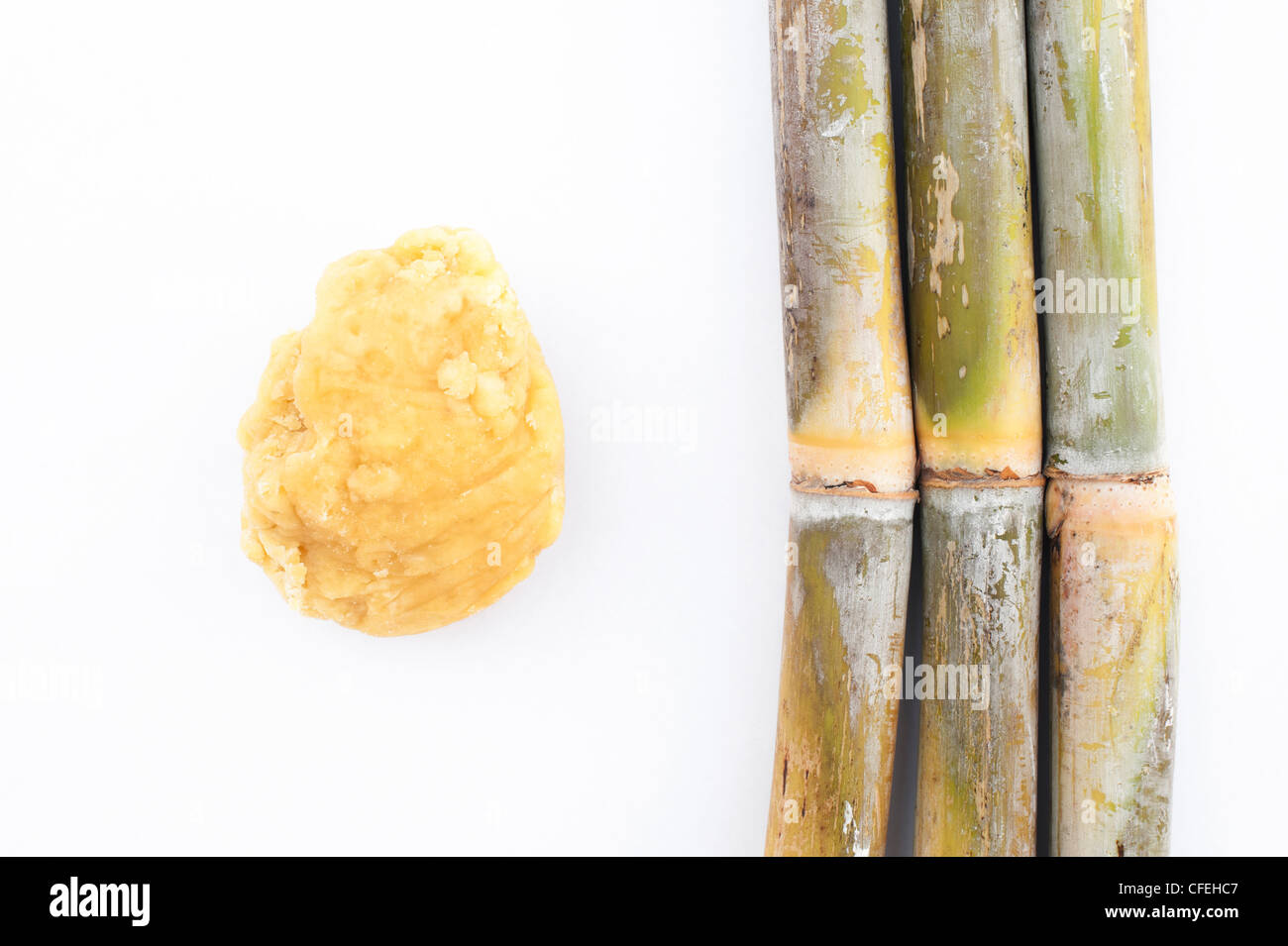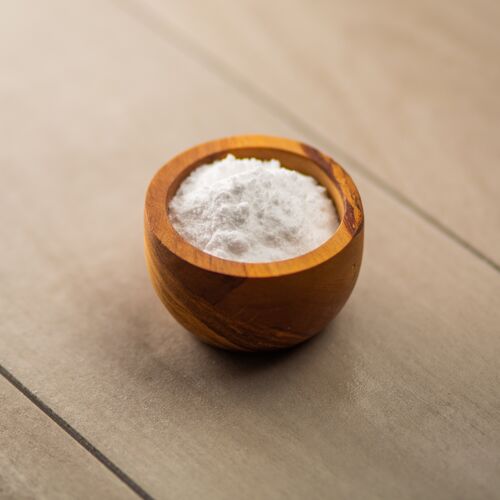Sugarcane Product in Traditional Medicine: Health Benefits You Should Know
Sugarcane Product in Traditional Medicine: Health Benefits You Should Know
Blog Article
The Trip of Sugarcane: From Harvest to Everyday Products
The trip of sugarcane is a complex procedure that begins with precise cultivation and culminates in a selection of items that permeate our daily lives. From the moment the walking canes are collected at their height sucrose levels, they undergo a collection of detailed steps, including cleaning, squashing, and clarification. These procedures not only yield sugar yet likewise unlock a variety of byproducts, such as ethanol and naturally degradable packaging products. As we check out the numerous aspects of sugarcane's journey, its duty in sustainability and the broader ramifications for our environment entered sharper focus. What lies past the sweet surface area?
Growing of Sugarcane
The cultivation of sugarcane is a critical farming process that calls for particular ecological conditions and monitoring practices. Optimum growth happens in subtropical and tropical areas where temperature levels range in between 20 ° C and 32 ° C. Adequate rains or irrigation is crucial, as sugarcane flourishes in wet soil with well-drained conditions (sugarcane product). Dirt quality substantially affects yield; therefore, farmers usually conduct dirt examinations to determine nutrient demands
Growing typically happens in rows, making use of stem cuttings recognized as setts, which are planted horizontally. This technique promotes efficient gathering and makes the most of sunlight direct exposure. Plant turning and intercropping are recommended practices to improve dirt fertility and minimize parasite infestations. Farmers employ integrated pest administration methods to lessen chemical inputs while making sure healthy and balanced plant advancement.
Prompt application of these fertilizers can significantly boost sugar yields. Overall, effective sugarcane cultivation pivots on a combination of ecological stewardship, tactical preparation, and ongoing monitoring methods.
Collecting Methods
Effective sugarcane growing finishes in the gathering stage, which is critical for maximizing return and ensuring high quality. The timing of the harvest is essential; sugarcane is commonly harvested when sucrose degrees peak, typically in between 10 to 18 months after planting. This period differs based on climate, dirt kind, and sugarcane variety.
Gathering techniques can be extensively classified right into manual and mechanical techniques. Hand-operated harvesting is labor-intensive, relying upon proficient employees who utilize machetes to reduce the stalks short. This method permits discerning harvesting, where just the ripest walking sticks are picked, thereby improving general sugar web content.
Alternatively, mechanical harvesting has acquired popularity as a result of its performance and cost-effectiveness. Specialized farmers equipped with cutting knives and conveyor systems can process big locations swiftly, dramatically reducing labor costs. Nevertheless, this technique might cause the incorporation of premature walking canes and a possible decrease in sugar quality.

Despite the technique utilized, guaranteeing that harvested canes are transported rapidly to refining centers is necessary. Trigger dealing with minimizes spoilage and maintains the stability of the sugarcane, setting the stage for ideal processing.
Handling Approaches
Processing sugarcane involves numerous important steps that transform the collected stalks into functional products, primarily sugar and molasses. The initial phase is washing the cane to get rid of soil and debris, adhered to by the extraction of juice via squashing or milling. This process typically uses heavy rollers that damage the walking stick fibers to launch the wonderful liquid had within.
When the juice is extracted, it undertakes information, where contaminations such as soil fragments and bagasse are eliminated. This is often attained by adding lime and warming the juice, allowing sedimentation. The made clear juice is then focused through evaporation, where water web content is decreased, causing a thick syrup.

Eventually, the handling of sugarcane not only creates sugar and molasses yet also lays the groundwork for numerous derivatives, which will be checked out in succeeding conversations.
Products Derived From Sugarcane
Sugarcane is a versatile plant that generates a wide range of items past simply sugar and molasses. Amongst the primary spin-offs are ethanol and biofuels, which have actually obtained prominence as renewable resource resources. Ethanol, generated via the fermentation of sugarcane juice, works as an alternative to fossil fuels and is commonly combined with gasoline to create cleaner-burning fuels, decreasing greenhouse gas discharges.
Furthermore, sugarcane is a substantial resource of bagasse, the coarse deposit continuing to be after juice removal. Bagasse is made use of in various applications, including the production of paper, biodegradable packaging, and as a biomass fuel for energy generation. Its usage not just lowers waste but also boosts the sustainability of sugarcane handling.
Furthermore, sugarcane-derived products include the food sector, where it functions as a natural flavoring representative and sugar in different culinary applications. In the world of cosmetics, sugarcane essences are integrated into skin care items due to their natural exfoliating properties.
Ecological Effect and Sustainability
The growing and processing you can try these out of sugarcane have substantial ramifications for environmental sustainability. This plant needs substantial water sources, typically resulting in deficiency of neighborhood water supplies and impacting surrounding ecological communities. Additionally, the use of fertilizers and chemicals in sugarcane farming can result in soil destruction and waterway contamination, posing risks to biodiversity.

Lasting sugarcane farming additionally advertises soil health and wellness through crop turning and reduced husbandry, enhancing carbon sequestration. The adoption of these techniques not only sustains environmental stability but likewise boosts the resilience of farming neighborhoods versus environment change.
Final Thought
In recap, the trip of sugarcane incorporates various stages from growing to handling, inevitably resulting in a broad variety of items. The value of sugarcane extends beyond mere sweeteners, adding to renewable resource via ethanol manufacturing, sustainable packaging through bagasse, and natural essences for cosmetics. This diverse crop plays a critical duty in both nutritional enrichment and ecological sustainability, highlighting its importance in contemporary agricultural and commercial techniques.
Effective sugarcane farming finishes in the collecting stage, which is crucial for making browse around here the most of yield and ensuring quality. The timing of the harvest is essential; sugarcane is usually gathered when sucrose levels peak, usually in between 10 to 18 months after growing.Handling sugarcane includes several crucial steps that change the collected stalks right into functional products, primarily sugar and molasses.Sugarcane is a functional crop that produces a broad array of products past just sugar and molasses. Additionally, the use of plant foods and pesticides in sugarcane farming can result in soil destruction and river contamination, posing threats to biodiversity.
Report this page